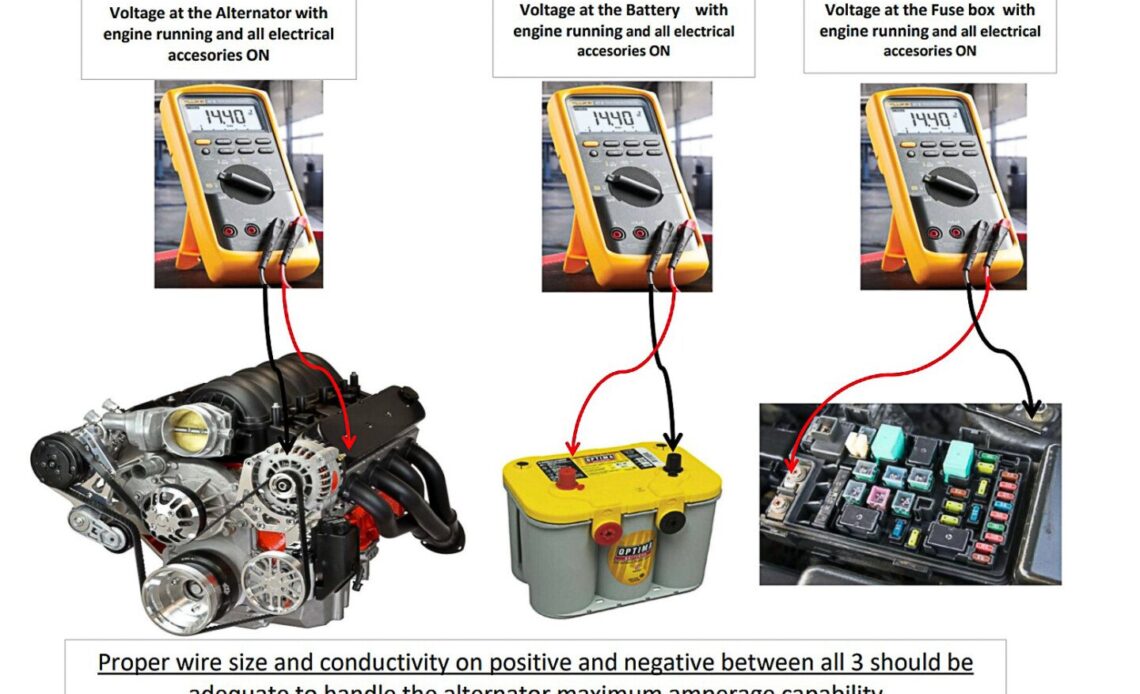You just climbed behind the wheel of your project vehicle and you’re about to hit a local car show or cruise in. When you twist the key all you get is a clicking noise, but no fire in the pipes. What could it be? Well, one of the first things you should check beside your battery is the supply voltage that’s going to your starter.
One of the biggest reasons your vehicle might have a difficult time starting is due to low voltage being supplied to the starter itself. If you don’t have at least 11-volts being supplied to the starter while it’s cranking there will be starting issues. This low voltage supply situation is going to cause damage to your starter that will shorten its lifespan.
To begin the troubleshooting process, check to make sure your battery is reading more than 12-volts to rule that out as the primary issue. After you confirm the battery has plenty of juice, move down to the starter and check the voltage on the battery terminal of the starter. Now, as long as that checks out, you’ll want to check the voltage that’s being supplied to the starter as the engine is cranking. If all of that checks out, you’ll need to check the voltage on the ignition terminal. These steps will let you know if the starter is getting the proper amount of juice.
Taking the time to check the voltage being supplied to the starter is going to tell you more than you might realize. There could be an issue with the cables that are sending power to your starter that’s reducing the supplied voltage. Also, take a look at all the ring terminals to ensure they’re not damaged. It doesn’t take much to reduce the supplied voltage going to the starter.
Make sure you watch this video from Powermaster Preperformance to learn everything you need to know about how to confirm starter supply voltage.
Click Here to Read the Full Original Article at DragzineDragzine…

